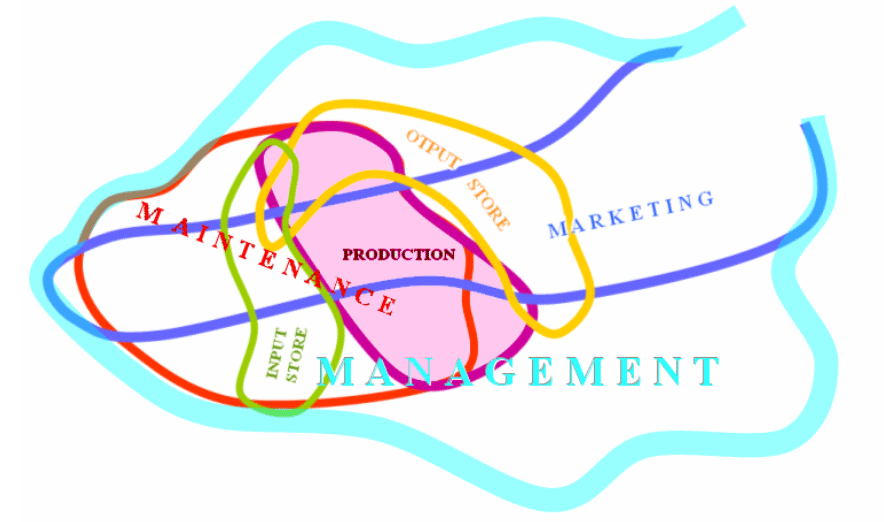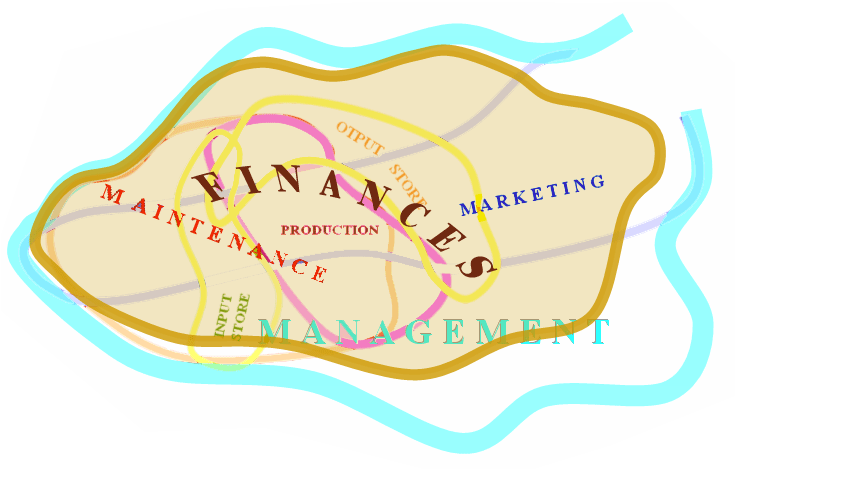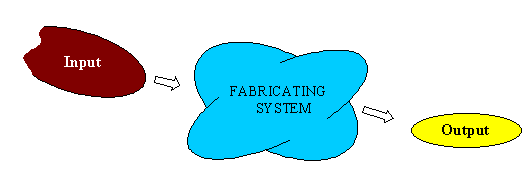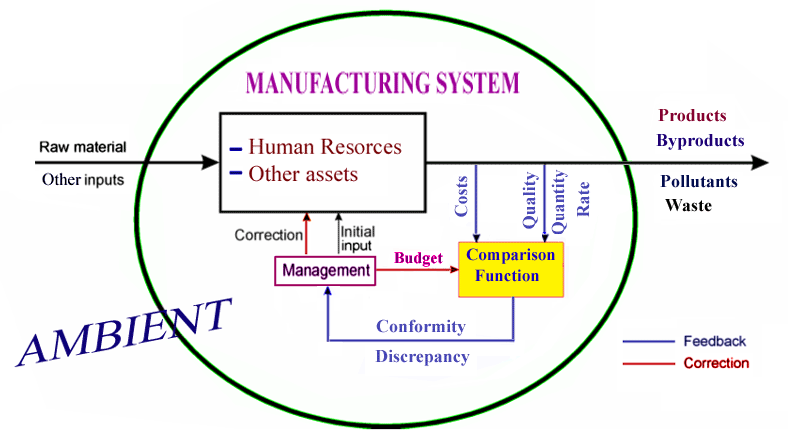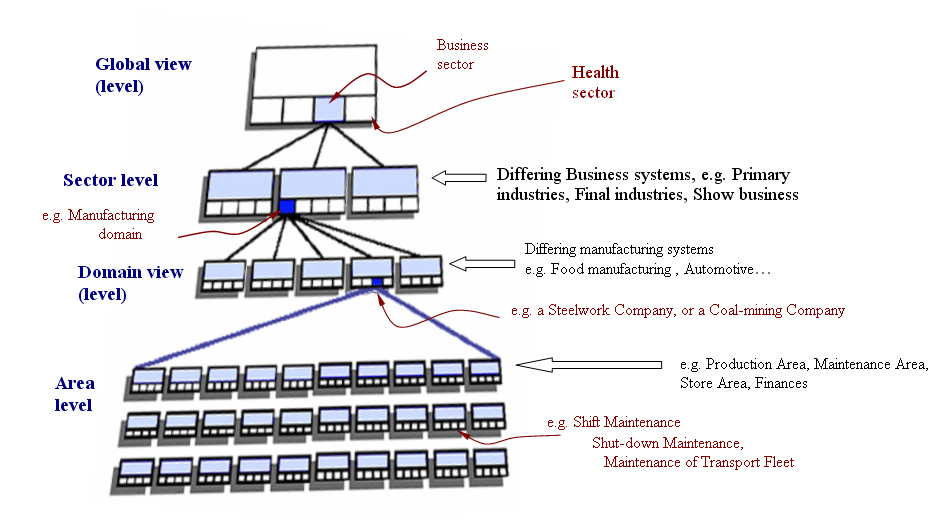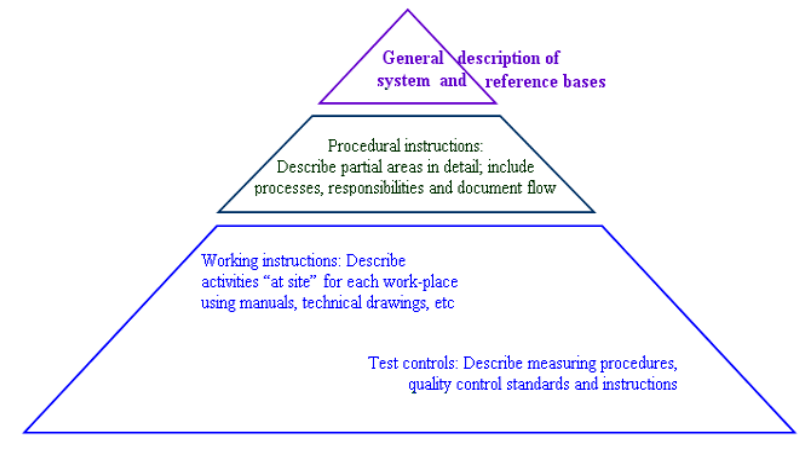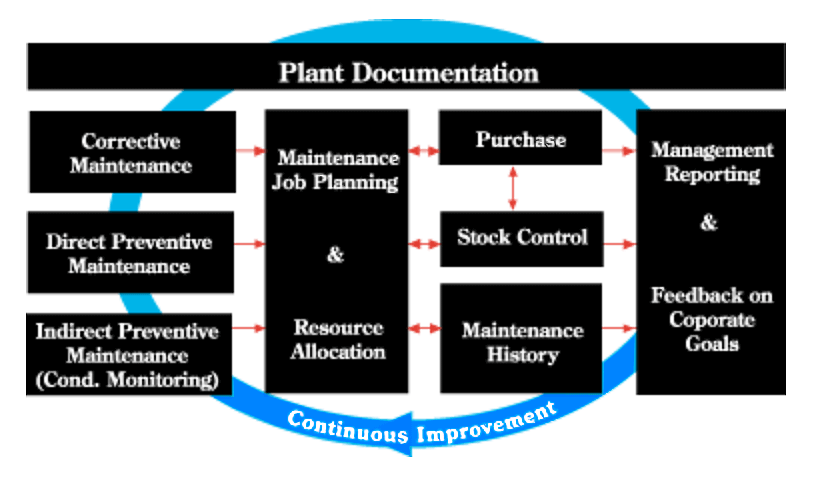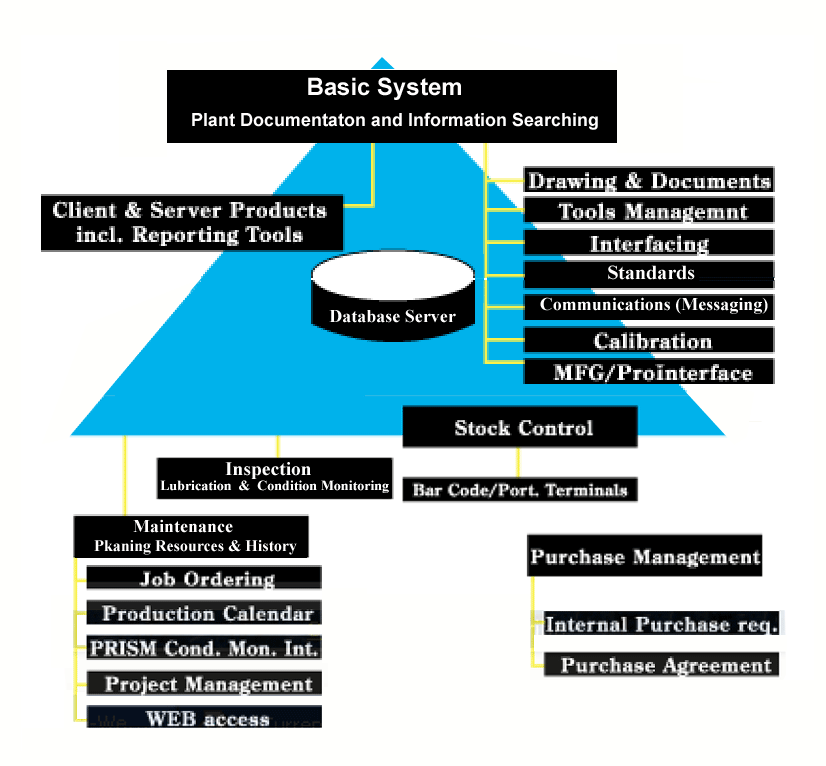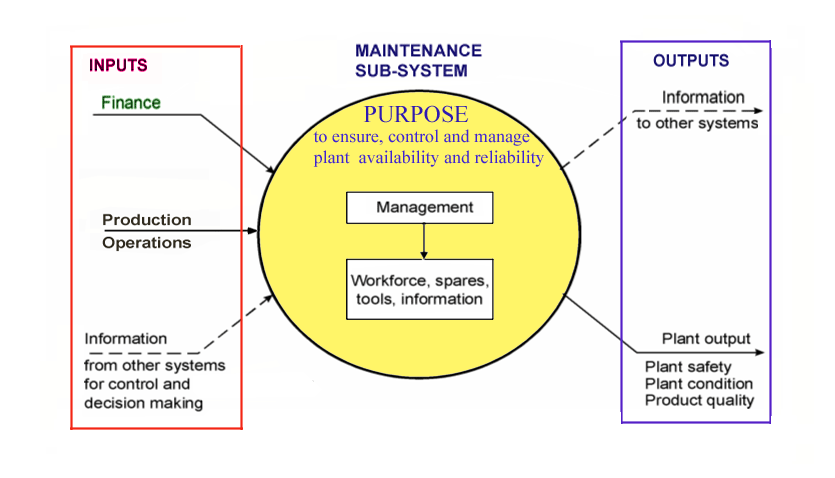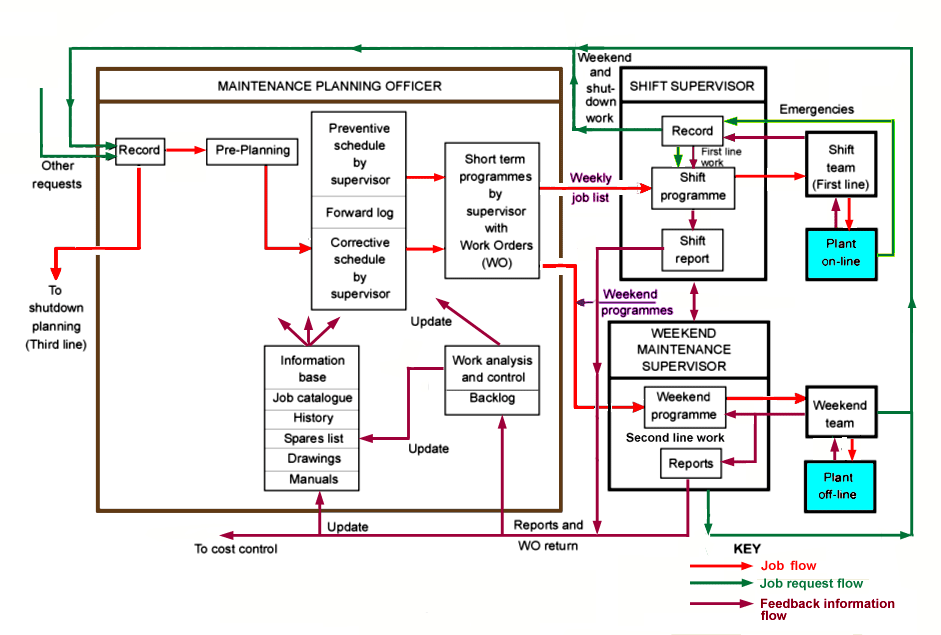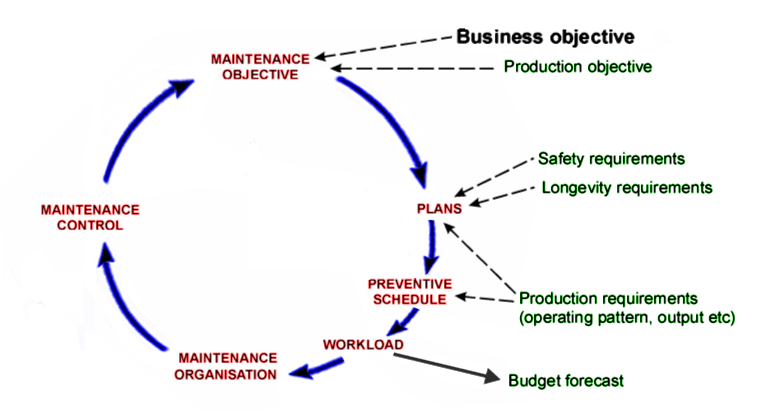|
| Plant Maintenance Resource Center
Maintenance Management Informatics
| |
|
|
|
|
|
Maintenance Management InformaticsAuthor : Dr Sead Spuzic
Plant Maintenance Resource Center Home Maintenance Articles
AbstractThis paper presents general notion of info systems in maintenance management. It departures from basics of modelling a system such as an economic enterprise, business or integral asset to demonstrate how an industrial system can be modelled to map a hierarchy of its vital components such as maintenance informatics media. Furthermore it explains the interaction between the components of maintenance informatics such as planning, evidence and control with actual performance of maintenance actions such as repair operations, store up keeping and shutdown maintenance. The selected knowledge, collated from variety of publications1-29, has been summarised to provide a multidisciplinary discourse, outlining why the Maintenance Management needs informatics components such as planning, control and documentation. ContentsInfo system (informatics) in maintenance management
Informatics, also termed Info Science (or conservatively "Information Science") is the study of data and information, including how to interpret, analyse, store, and retrieve it. Informatics includes registering, collating, recording, processing and distributing info related to a system (in our case the maintenance system) in order to document, control and improve it. This includes planning, evidence, measuring, comparing, analysing, observing, protecting, deciding and publishing. Recorded info (info media, documentation) are means that enable managing, complying and acting in accordance to orders, communication, evidence and other function of the whole system. Maintenance is ensuring and controlling the reliability and availability of a system.1 Reliability is satisfactory performance (according to specification) when used. Availability is presence of a reliable item at the given time and location, ready to be, or being used for a specified purpose (thus, an item may be available, although it is currently not used for a particular primary intended function, (stored, or used for another purpose, but ready as a spare). An example of how a society system can be depicted, in this case an industrial system, is shown in Fig 2-1.
Figure 2-2 introduces an additional sub-system - Finances (belonging to the same industrial system) - that was not shown in Fig 2-1:
Of course, an industrial system is not an isolated island (adiabatic entity): in fact its relations with ambient are its most important denominators. Interactions with ambient may be presented by a simple scheme shown in Fig 2-3: This simplified scheme may be complemented by more details as shown in Fig 2-4:
All depicted structures, constituents and relations should be supported by an efficient info system. Info system is an integrated set of components for collecting, storing, processing, and communicating information. Business firms, (and other organizations in society) rely on info systems to manage their operations, compete in the marketplace, supply services, comply to the standards and improve their functions. Business corporations rely on computerized info systems to run and maintain their operations, to process financial accounts and to manage human resources.21
In addition to Informatics, there are further disciplines attempting to consolidate similar and/or adjacent domains of knowledge, namely System Engineering and Cybernetics. Applications of info systems in maintenance management may be better understood by becoming acquainted with these differing viewpoints.
Management (hierarchically the highest category) may be broken down to:
For example, Human Resource Management may be broken down to:
Maintenance management system must be able to function and interact together with company systems such as technology development, financial system and production management system. Some functions, e.g. stock control and purchasing present "overlapping" fields (refer to Figures 2-1 and 2-2). Efficient collaboration requires transparent communication and recording information; info media (documentation) are means that enable managing, communication, evidence and other function of the whole system such as complying and acting in accordance to orders and standards. Information should be shared by many separate areas of an organization (company, industrial system); however a care should be taken to avoid information overflow ("info noise"). Examples of info (documentation) include:
Examples of documentation (info records), in the context of maintenance management, include:
One way of mapping a system is shown in Figures 2-1 and 2-2 where pertinent subsystems are presented in a form of Venn diagram indicating mutual interferences. Another way of mapping the whole system is to follow the flow of material, energy and information (Figures Figures 2-3 and 2-4). Yet another approach is to map a hierarchy of functions. Two distinct levels of functions are:
The "systems hierarchy approach " is useful for modelling a company, the environment in which it operates, and the numerous company sub-systems and their interaction. One way of explaining the system hierarchy is the top-down approach.3 This hierarchy of systems is one of the key concepts of 'general systems theory' and its applied branch - System Engineering.4,5 A general hierarchy of socioeconomic systems is shown in Fig 2-5. Another key concept is holism, 'the whole is not just the sum of the parts' - the system itself is best explained as a totality.
This paper is concerned with identifying the maintenance systems at the "area level" shown in Fig 2-5: modelling and describing the operation of the main maintenance sub-systems, and the other associated systems e.g. spare parts management, that have a major influence on the operation of the maintenance department. These systems are viewed within the framework of maintenance informatics. Figure 2-6 presents hierarchy of information applicable to a manufacturing system.
Figures 2-1 to 2-8 are designed and intended to enable understanding of maintenance informatics and other maintenance systems. Although a conscious attempt was made to present a holistic, integral and logistic features of introduced systems, it should be noted that each of above schematics could be designed using another set of lines, colours and geometric features that will differ from those used above. In other words, differing intellectual approaches can be used and we cannot state that one method is better than the other since the criteria for ranking these differing figures are by no means formally defined. This is quite a suitable point to state that the more formal graphic (diagrammatic) presentations of systems do exist indeed. Following sections will be devoted to presenting several of such formalised diagrams for presenting systems and pertinent dynamics, such as Critical Path Analysis and Flow Charts. Maintenance info records may be classified as follows:
These subsystems can be organised to function within the real-frame levels, e.g.
The interaction between the components of maintenance info systemFigures 2-1, 2-2, 2-7, 2-8, 2-9, 2-10 and 2-11 illustrate interactions between the components of maintenance informatics and other components of the maintenance system such as maintenance planning, stock (inventory) control, drawing & alphanumerical database, shutdown operations, inspection, shift maintenance crew etc).
In the light of the above, the rationale outlining the needs for maintenance system planning, control and documentation can be summarised as follows: Info (documentation) flow that accompanies the flow of maintenance services and physical product is considered to be the key factor for successful maintenance management. The typical number of documents for maintenance work ranges from 3 to 7, but the number can climb to more than 20. Documentation is a form of control necessary to ensure that goods are not shipped without regard to their being paid for. Electronic data interchange is often used in place of paper for the documentation process. Info systems enable organizations implement their strategy to decrease downtime and increase the utilization of their maintenance resources, and can be viewed as a communication tool to help make better decisions. Maintenance personnel need to access information and work orders in a number of ways- depending on both the category of maintenance-subsystem and on the real time application that needs to be performed. Maintenance system would collapse without functions, regulations, measurements and evidence such as planning, control and documentation. Bearing in mind that an industrial system is a premeditated enterprise conducted with aspirations to optimize its function, its maintenance cannot be consigned to chaotic judgments or purely reactive sustenance and repair. What you cannot not measure and record you cannot control. Info systems are essential to enterprise asset management and reliability strategies irrespective of plant size. Maintenance info systems can be organised on various platforms (e.g. using mainframe, client/server, single client, or browser-based applications). Smaller, stand-alone systems can be run on a personal computer or local area networks. Because of nowadays rapid development of artificial intelligence aids, some powerful computerised info systems can run on a single personal computer or on networked computers without the central server, the dividing line between small and large systems has blurred.29 In summary, Maintenance Management info system is needed to provide detailed statistics on maintenance activities in order to accomplish the following:
Copyright 1996-2009, The Plant Maintenance Resource Center . All Rights Reserved.
|

